I know it’s been a while since I’ve updated, but there hasn’t been a lot going on that’s particularly showable. Â My Perforce checkins show that in the past few months I have…
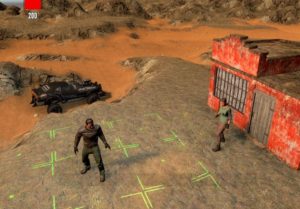 Used a landscape generation tool called Gaia to generate custom baked landscapes that I can use for specific locales or pre-constructed sections of the overworld.
Used a landscape generation tool called Gaia to generate custom baked landscapes that I can use for specific locales or pre-constructed sections of the overworld.- Created a home base area for the player to start in.
- Project movement grid information on the ground to help navigate some areas.  I’ll still work on making sure that they are clearly traversable.
- Added char
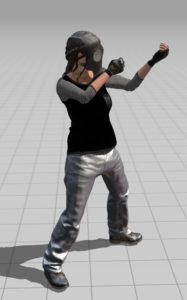 acters from Fuse in there, using some of the pretty good tools to grab some animations and basic clothing setups.
acters from Fuse in there, using some of the pretty good tools to grab some animations and basic clothing setups. - Enlisted the help of my wife Sandra to help get some characters together! Â Nice being able to construct characters as easily as you would in a game like Skyrim. Â And so far it’s free (knock on wood).
- I’m still considering how I want to show characters in general. Â I liked having them when I had a 2D game because it was easy to see what everybody was, but by going 3D I’m going to have some trouble with parseability. Â I’m already scaling things up larger-than-life, but even more might be needed for humans.
- Got together some basic quest granting, as well as a main stats screen for players to track the quests they’re on.
- I also realized that I probably didn’t want a traditional quest system… Â I’m not out to make Wasteland 3 or anything. Â So, I’ve got the system but I’ll be working on evolving it to work even better with generated content.
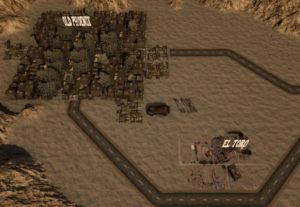 Started thinking harder about the overworld experience.  There’s a lot of back and forth that happened here…  very briefly I thought about creating only one overworld zone and generating only content within.  However, performance considerations, as well as the interesting gameplay that can happen in the overworld, I decided to break it into sectors that include both generated and prebuilt areas.
Started thinking harder about the overworld experience.  There’s a lot of back and forth that happened here…  very briefly I thought about creating only one overworld zone and generating only content within.  However, performance considerations, as well as the interesting gameplay that can happen in the overworld, I decided to break it into sectors that include both generated and prebuilt areas.- Started to move towards the exaggerated scale I want to hit with chunky buildings and roads, but areas on the map with interesting states to deal with.
- Experimented with a number of ways to put roads on a generated terrain mesh, and so far have settled on Easy Decal 3D, which is a bit quirky but that’s pretty standard with Unity asset bundles.  I think it has a good set of features and make it run performant, if I can just work around some of the funky bits.
- I’m hoping this approach will work. Â It is the most dynamic, and would hold up best for generated terrain, but it’s also eaten a good chunk out of my frame rate and needs optimization.
This is all on top of investigation, data loading/saving, performance, and other things. Â Hmm. Â So yeah, I guess I was actually pretty busy over July. Â Still hoping to get back to working on city combat stuff soon.

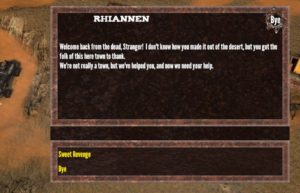
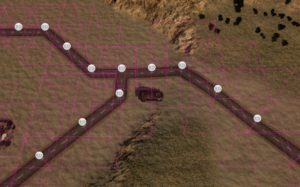


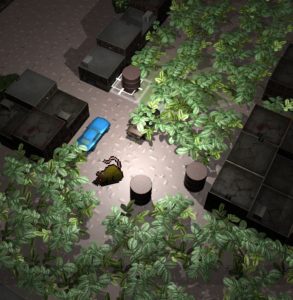
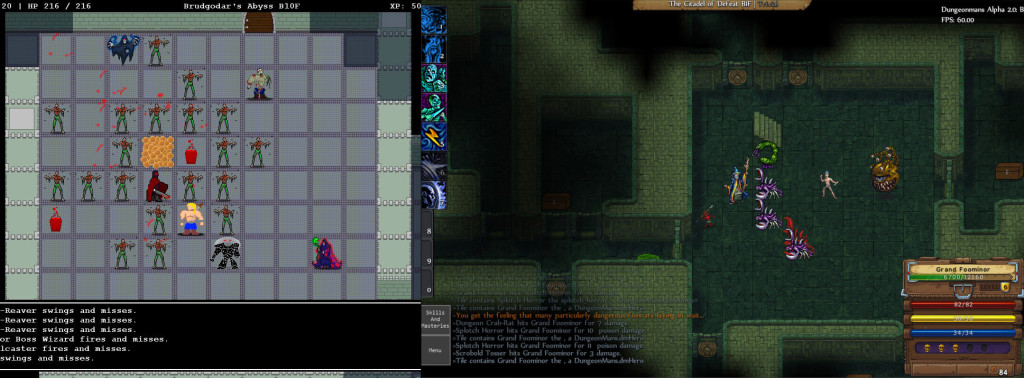
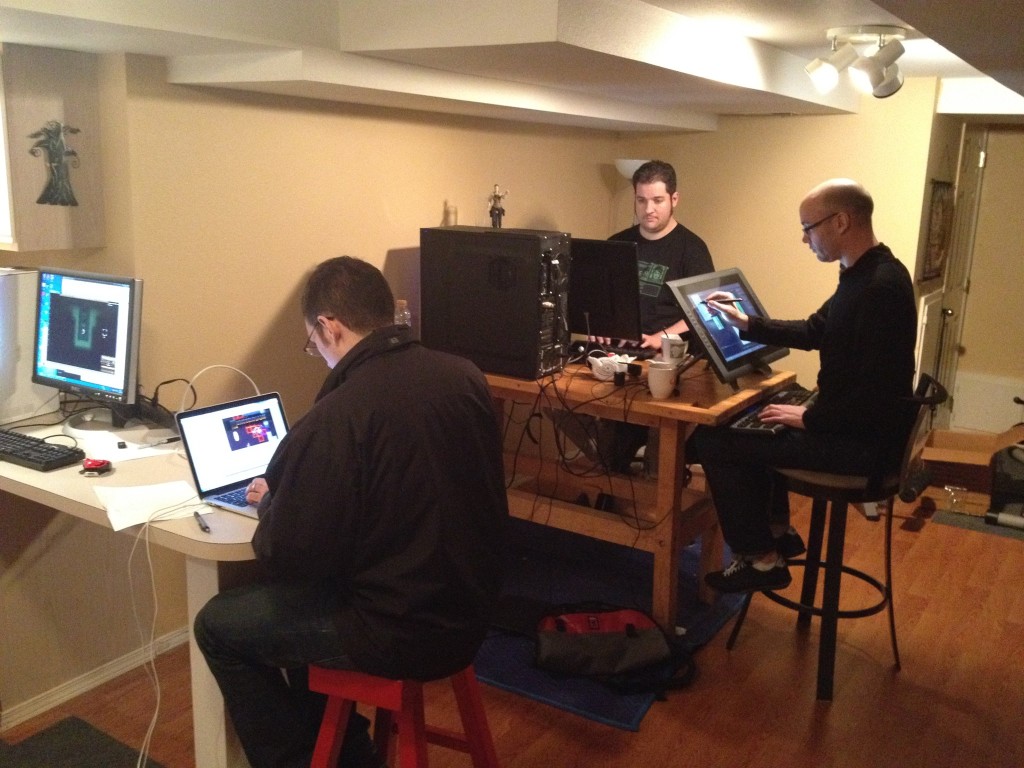


 What is the deal with that? For everyone who complains about how games too frequently fall back on the old stereotypes of violence and thuggery, American gamers are still likely to complain when it isn’t present. People seem to think it’s just the result of high-level censorship… e.g. in Europe sex = okay, in America violence = okay, but these attitudes aren’t just made-up. The expectations of the audience certainly shapes the taboos in those respective countries.
What is the deal with that? For everyone who complains about how games too frequently fall back on the old stereotypes of violence and thuggery, American gamers are still likely to complain when it isn’t present. People seem to think it’s just the result of high-level censorship… e.g. in Europe sex = okay, in America violence = okay, but these attitudes aren’t just made-up. The expectations of the audience certainly shapes the taboos in those respective countries. To either side here are a couple more recent appearances from the other side of the world… Here are a couple of covers from the UK and Germany, using imagery created by our awesome Art Director
To either side here are a couple more recent appearances from the other side of the world… Here are a couple of covers from the UK and Germany, using imagery created by our awesome Art Director